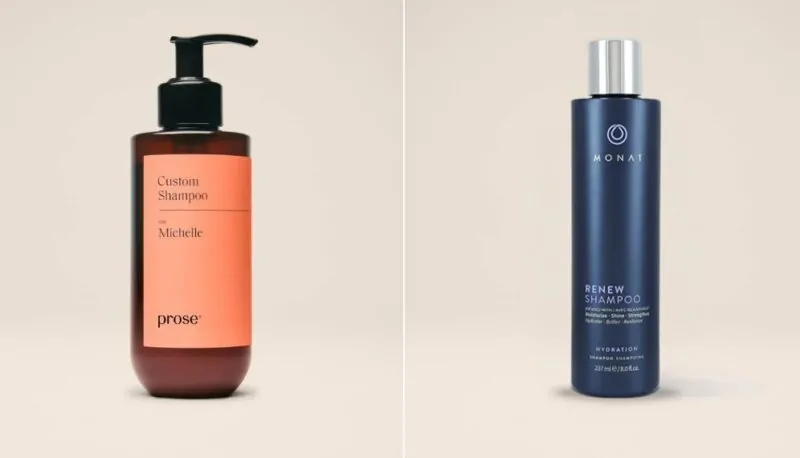
Share Post:
Indiana Jones come and get me because I think I’ve found my holy grail and its name is oestrogen gel and utrogestan and utrogestan. (Okay, that’s two names, but you get my drift…)
It’s been almost three years since I was first put on HRT. Three long years of traipsing back and forth to the doctor.
But finally – FINALLY! – I got it. So what do I think? Let’s get the science out of the way first.
Key Takeaways
Oestrogen Gel and Utrogestan: What Is It?
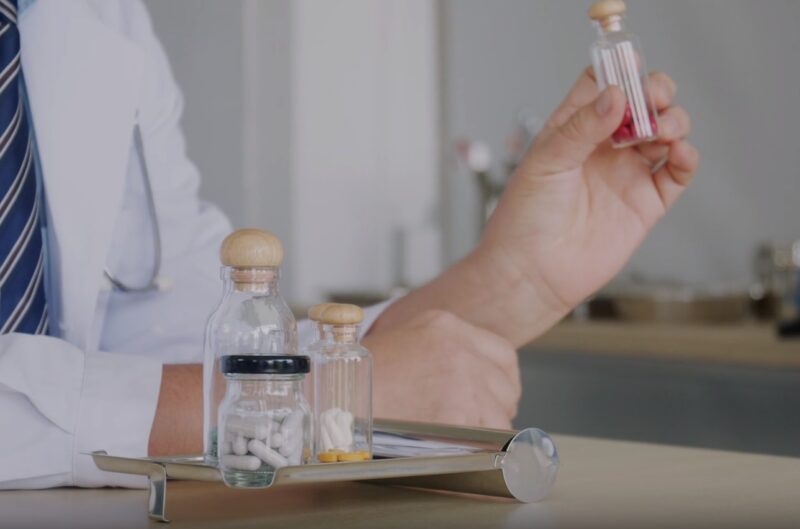
Basically, oestrogen gel and utrogestan is hormone replacement therapy in two separate bits: a gel that gives you oestrogen and tablets that give you progesterone (click on the links for my easy-to-understand guides to these hormones).
Before this, I was on Femostan, which comes in a tablet, and then I’ve had years of various patches.
What’s Wrong with Other Hrt?
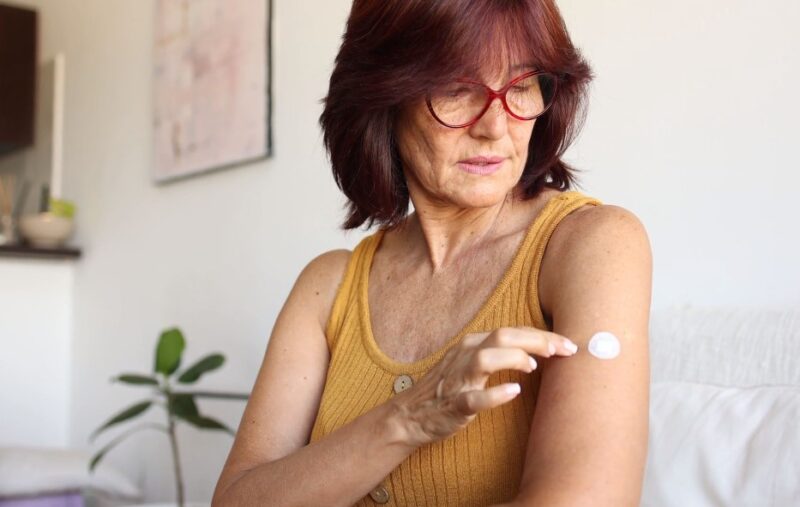
Absolutely nothing, if you can tolerate it. The trouble is, I can’t.
First of all, Femostan did absolutely nothing for me. Nowt. Zilch. Nada. I was still a psychological and physical mess at the end of several months taking it, scratching away at itchy skin and a ball of anxiety. The only thing it did help was my hot flushes.
Following this, I began using HRT patches, but soon noticed a pattern of mood swings each time I switched to the progesterone phase. This led to a series of different HRT patches being prescribed by various GPs, all with similar outcomes, until it was concluded that I have a sensitivity to progesterone.
Before reaching this conclusion, however, I was recommended to try oestrogel combined with a Mirena coil for progesterone, or oestrogel and utrogestan – considered the premium approach to HRT. Unfortunately, it seems my GP’s office was not aware of this recommendation.
What Are the Benefits of Oestrogen Gel and Utrogestan?
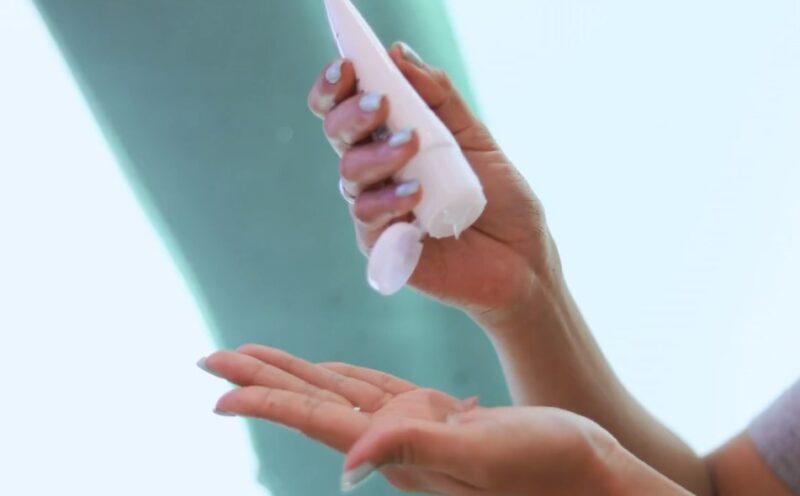
Taking oestrogen transdermally (that is: through the skin, in a gel or a patch) is the safest form of HRT, while a micronised progesterone (body-identical, which means it is physically identical to the hormones our body makes) is the most tolerable form to take.
The advantage of using a gel for hormone replacement therapy (HRT) is its flexibility in dosage adjustment. Unlike patches, which you can’t easily modify without compromising their effectiveness, gels allow for precise dosage changes.
It’s worth noting that cutting a patch to adjust the dose doesn’t work because the medication isn’t evenly distributed across the patch, leading to inaccurate dosing and the patch might not stay on properly. I learned this the hard way by trying it myself without prior research.
Despite my experiences, I know many women who are satisfied with their HRT tablets and patches.
Menopause experiences vary widely, and there’s no one-size-fits-all solution for HRT. What is effective (or ineffective) for one person may not be the same for another, highlighting the personal nature of finding the right treatment.
So Tell Me – Is Oestrogen Gel and Utrogestan Working for You?
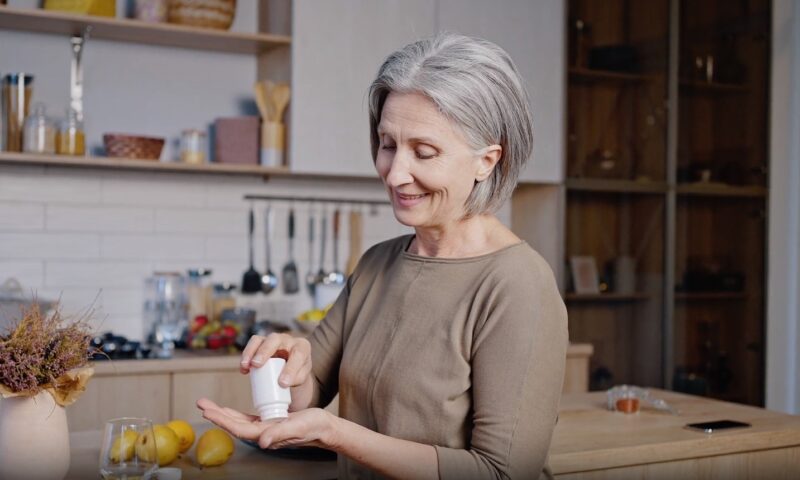
Yes, and no, but mostly yes.
Three months ago, I switched to an oestrogen gel and utrogestan. This was a significant change from my last update on hormone replacement therapy (HRT), during which I felt uncertain about my treatment path.
Previously, HRT hadn’t provided the revitalization I’d heard about, leading me to question if my symptoms were all in my head—a common concern among menopausal women.
Complicating matters, I was informed by a coil specialist that my surgery had stopped fitting coils due to Covid, which seemed absurd to me.
Having dealt with this GP before, I remained composed and requested to switch to an oestrogen gel and utrogestan instead.
However, the doctor insisted this wasn’t an option, arguing I needed progesterone from the coil for effective HRT, dismissing my preference for utrogestan.
Doubting myself due to her insistence and her role as a women’s health expert at our center, I initially agreed to be prescribed Evorel Sequi, a treatment I was almost sure I had tried before.
Immediately after our conversation, I researched utrogestan and coils, only to confirm my understanding that utrogestan indeed is a form of progesterone.
I contacted the surgery the next day to see a GP I trusted, firmly requesting the oestrogen gel and utrogestan again and explaining my refusal to use Evorel Sequi or consult the coil doctor again.
The GP admitted she hadn’t prescribed this combination before and needed to research to ensure the correct dosages, leading to a detailed discussion about the treatment plan.
Finally, after two years of advocacy, I received my prescription.
Three Months On…

Disclaimer first: I’m still on sertraline, an anti-depressant that I started taking because I was so scared of the suicidal thoughts I’d had when the progesterone got me last year. (And that’s the first time I’ve ever put it so bluntly.)
Apart from that, I feel normal. Even not bad at times, actually. I am looking after myself again, with a new haircut and some new clothes, and eating better.
I’m not out of the woods yet, thought. For a couple of days per month, usually around the end of the utrogestan period or sometimes afterwards, I get hit by the black dog again and feel useless and just rubbish, really. But I’ve only had one cry in three months. That’s amazing.
I’m also due to speak to a specialist in a few weeks, so I’m hoping to bump up my oestrogen gel. At the moment, I’m on one pump twice a day, giving me 1.5mg of of hormone.
In general, most days, I feel stronger and happier. It’s taken two years, but finally I think I’ve found my HRT heaven with oestrogen gel and utrogestan.
FAQ
What is hormone replacement therapy (HRT)?
HRT is a treatment used to alleviate symptoms of menopause by replacing hormones that are at a lower level as you approach menopause.
How does oestrogen gel work?
Oestrogen gel is applied to the skin and absorbed transdermally, providing a steady supply of oestrogen to the body, which helps alleviate menopausal symptoms.
What is Utrogestan and why is it used?
Utrogestan is a form of progesterone that’s body-identical, making it more tolerable. It’s used in HRT to balance the effects of oestrogen and protect the uterine lining.
Can everyone use oestrogen gel and Utrogestan for HRT?
Not everyone. The suitability depends on individual health conditions, symptoms, and personal preference. Consultation with a healthcare provider is essential.
What are the benefits of using oestrogen gel and Utrogestan?
This combination allows for flexible dosing, is considered safer and more tolerable, and can effectively manage menopausal symptoms.
Are there any side effects of oestrogen gel and Utrogestan?
As with any medication, there can be side effects. Common ones include skin irritation from the gel and mood changes with Utrogestan. It’s important to discuss these with your doctor.
How do I know if oestrogen gel and Utrogestan are right for me?
The best approach is to discuss your symptoms, medical history, and treatment goals with your healthcare provider, who can help determine the most appropriate HRT plan for you.
Bottom Line
The flexibility of oestrogen gel and the tolerability of micronised progesterone have proven to be a winning combination for managing menopausal symptoms, despite the challenges and setbacks encountered along the way.
The journey highlights the varied experiences women have with menopause and the necessity of personalized treatment plans.
As the quest for hormonal balance continues, the importance of supporting mental health and maintaining open communication with healthcare professionals remains paramount.
Related Posts:
- Oestrogel And The Mirena Coil: HRT’s Last Chance
- HRT: What are the pros and cons of hormone…
- How Long Will Your Pink Hair Dye Last? Tips to Make It Stay
- HRT And Me: I Finally Feel Good – But Why Am I…
- Types And Causes Of Breast Discharge - What Your…
- Restless Legs Syndrome And Menopause: 9 Ways To Treat RLS










